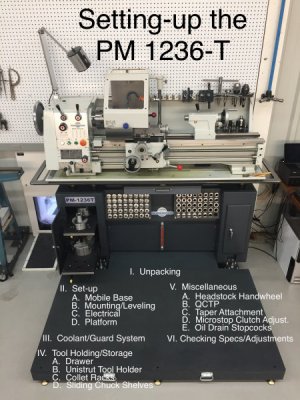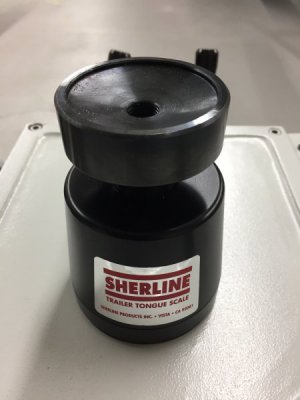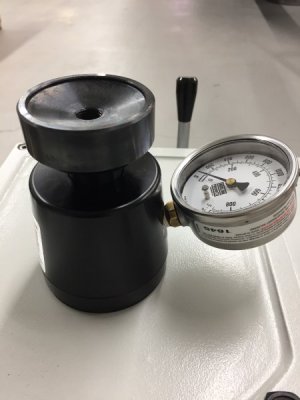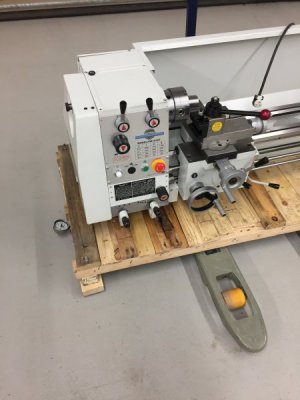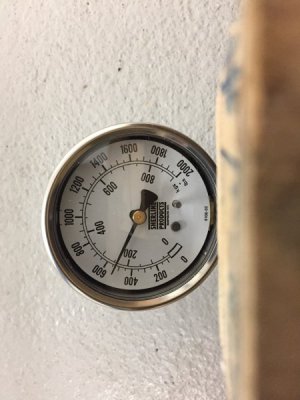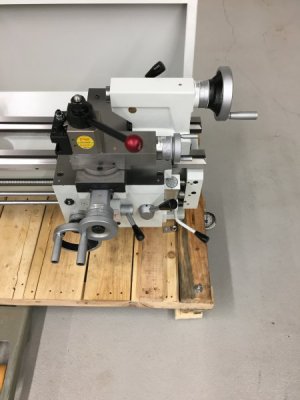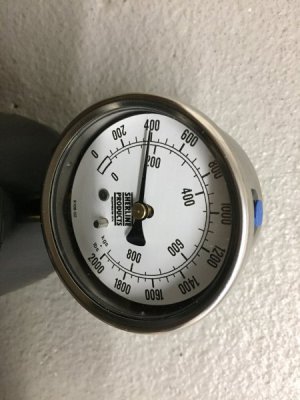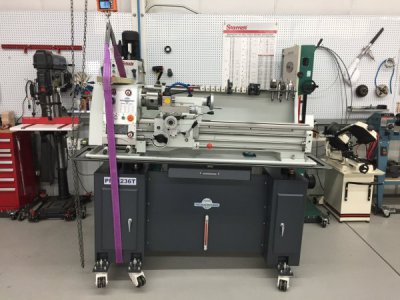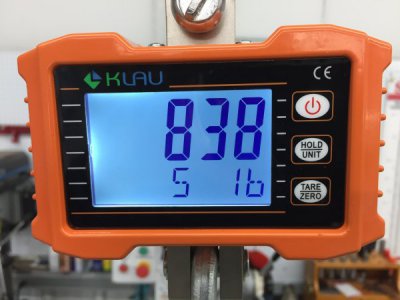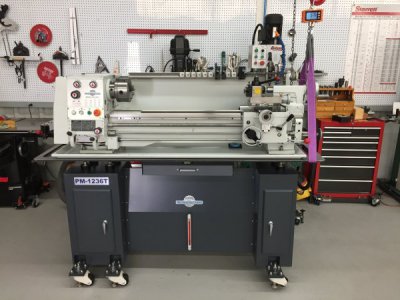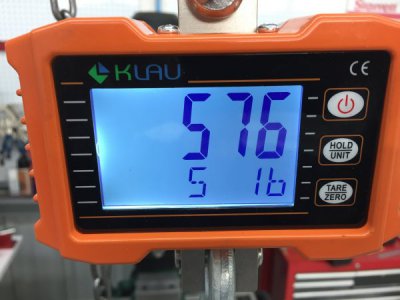I. Unpacking
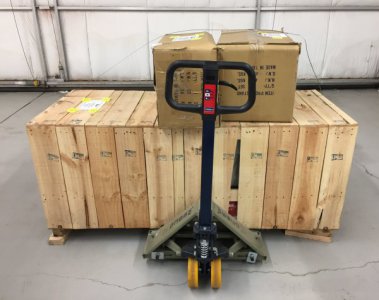
The PM website reads: “Extremely High Quality Lathe, meant for very high precision work. Perfect for the user who is looking for a high quality lathe, at a lower cost – Great for the serious hobbiest, gunsmith, or lighter industrial user...”
I had wanted a lathe for a long time, this description was perfect; just what I wanted and it just fit the space I had set aside. I pulled the trigger and about ten days later I was looking at the crates shown above. The pallet was slightly damaged but except for minor scuffs and scratches of the paint the contents showed no damage. The largest crate contained the lathe, chip tray, backsplash and stand front panel. The smaller boxes contain the right and left cabinet supports which are fabricated from 3/16” steel plate. The cabinet supports are connected by a heavy, 16gauge sheet metal panel that bolts to angle iron welded to the side of the cabinets. This is a substantial stand weighing in at about 250 lbs. but I was concerned that it’s configuration of two columns separated by sheet metal was not going to be rigid enough to prevent twisting with movement and I really wanted a mobile stand. The reasons for wanting a mobile stand and the design I came up with I will share with you later. Shortly after ordering the lathe I noticed PM offered a cast iron stand but I have not seen it offered since then. If that had been offered when I ordered the lathe I probably would have gone that route since I believe it would be much lest likely to twist with movement.
The Manual from the manufacturer, Liang Dei(LD) is pretty cursory but it does give a bit of advice that is not in the much more complete and well written PM Manual: don’t move the carriage until the thick coat of cosmoline is removed. If this is not followed one can damage the small wipers on the carriage that clean the ways when the carriage is moved. The PM Manual recommends using WD40 or other light oil to clean off the cosmoline from the metal surfaces. I used the product pictured below from Grizzly that works exceptionally well and is safe for painted surfaces:
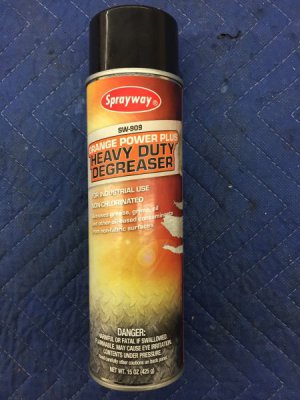
Unfortunately, the spindle Bore was note coated with cosmoline and was badly pitted from rust:
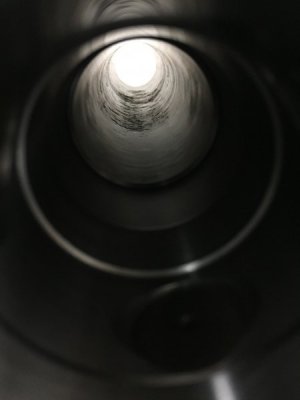
The pitted spindle bore is not a functional problem but when you lay out 4K for a lathe you expect to not have any rust damage.
Here is an image of the cleaned-up lathe on the pallet:
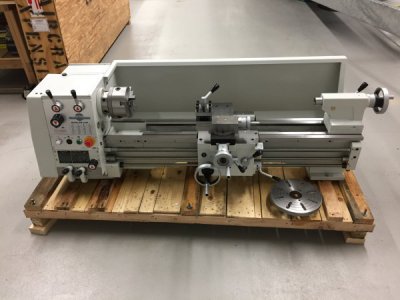
The cabinets were pretty scuffed-up and the chip tray had quite a few scratches. Unfortunately, PM does not have touch-up paint.
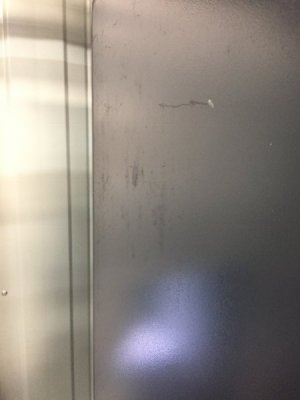
.
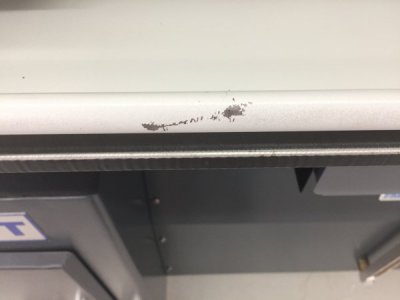
However, I did find a very close match for the blue-grey cabinets with a Rustoleum product and the off white lathe/backsplash and chip tray at one of the big box stores. I brought in a piece of the lathe and had it color matched. Unfortunately, I now have a gallon of the damn stuff now. I think it would be nice if PM had small quantities of touch-up paint available if there lathes are going to arrive scuffed or scratched.
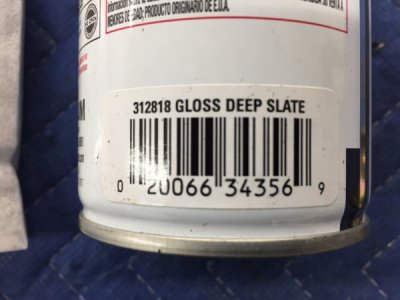
.
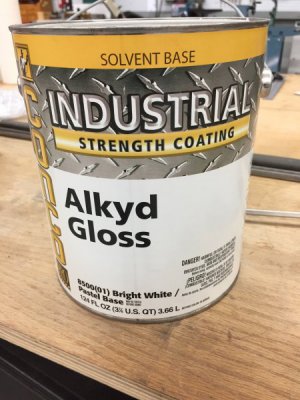
Before and after:
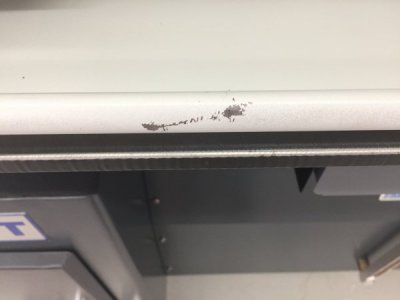
.
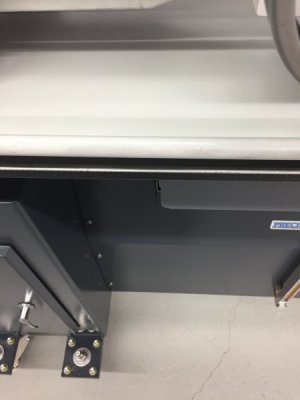
When you assemble the cabinet door latch you will be scratching your head wondering if there is a piece missing. There isn’t a piece missing it is just very poorly designed. You have to bend a dog leg in the piece for it to work:
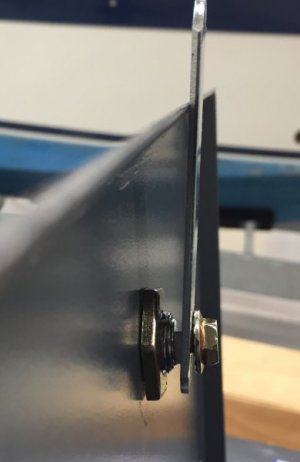
.
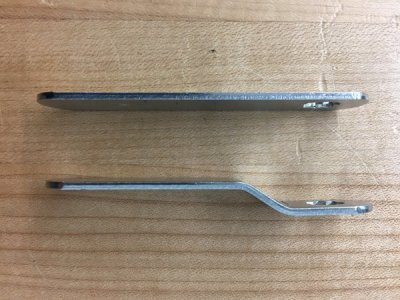
The labels on the cabinet were incorrect(1340GT), crooked and off center. I know, I know, who cares? Well, to me it seemed a bit incongruous and a bit humorous that a company with “Precision” and “Quality” in their name would have incorrect, crooked and off center stickers. It is a bit like a surgeon that performs a complex surgery and closes with a poor skin incision. Of course that’s all the patient sees and will naturally wonder what the hell went on inside. I contacted PM and spoke to Matt. He seemed a bit embarrassed and sent me some new stickers right away.
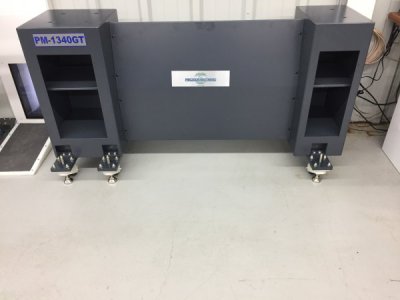
I almost finished with this post on Unpacking but I am going to sign-off for a bit since it looks like my iPad is about to run out of power. Be back in a bit to finish-up.
